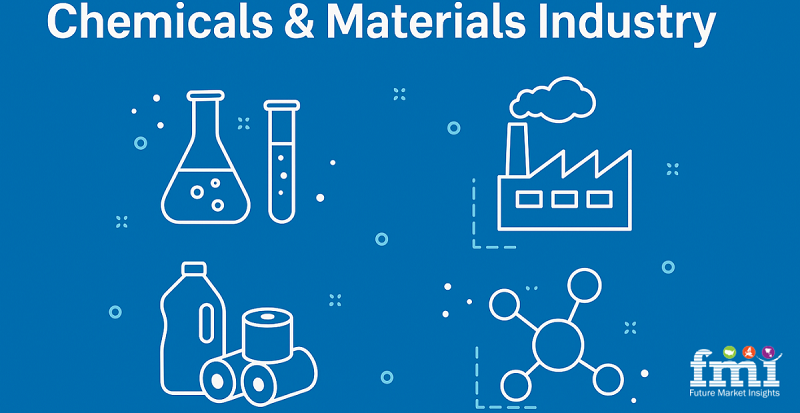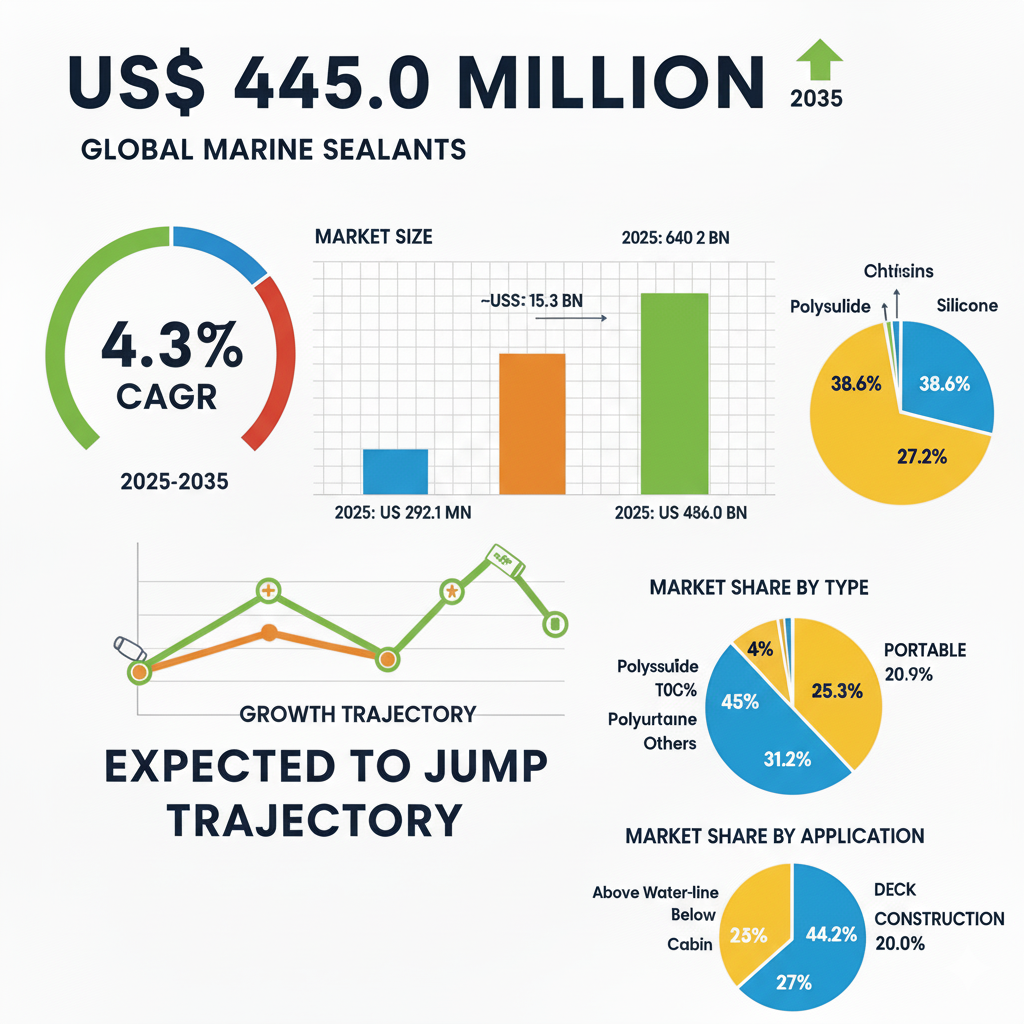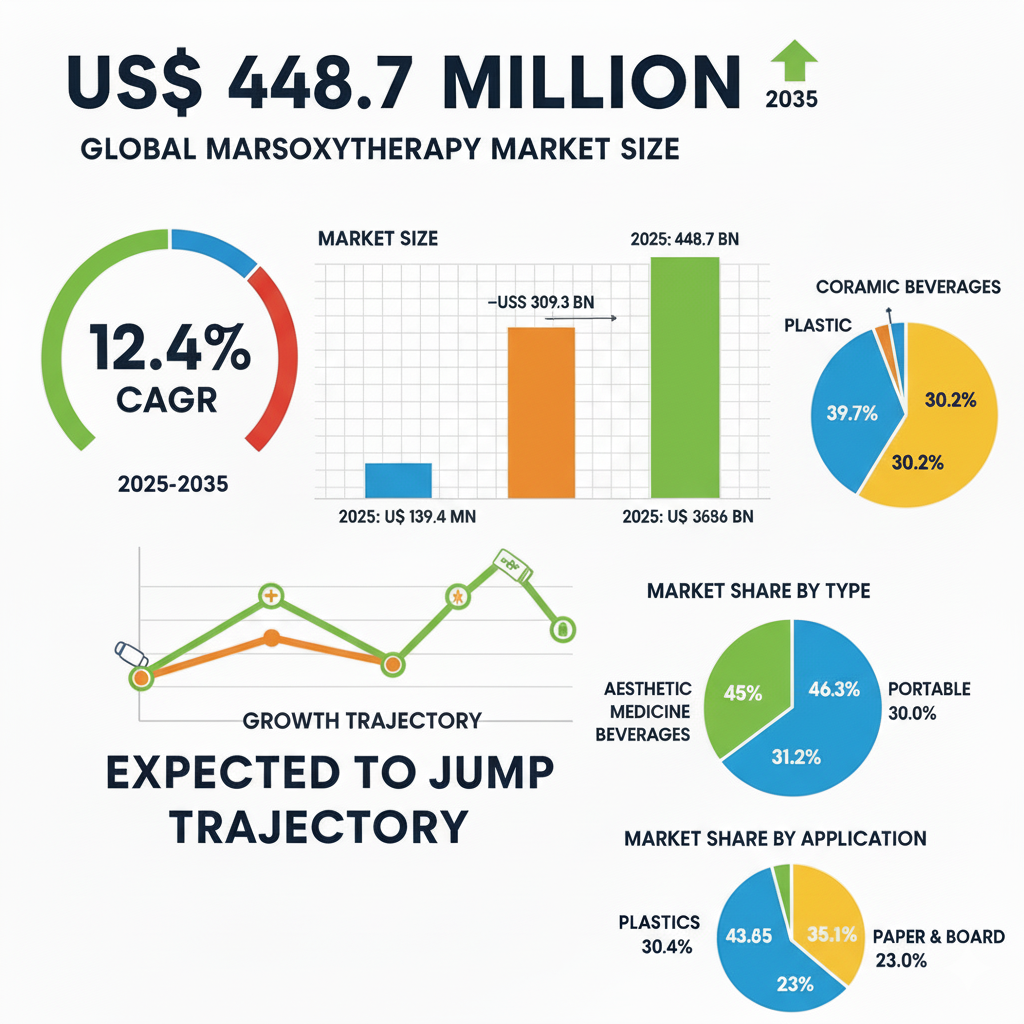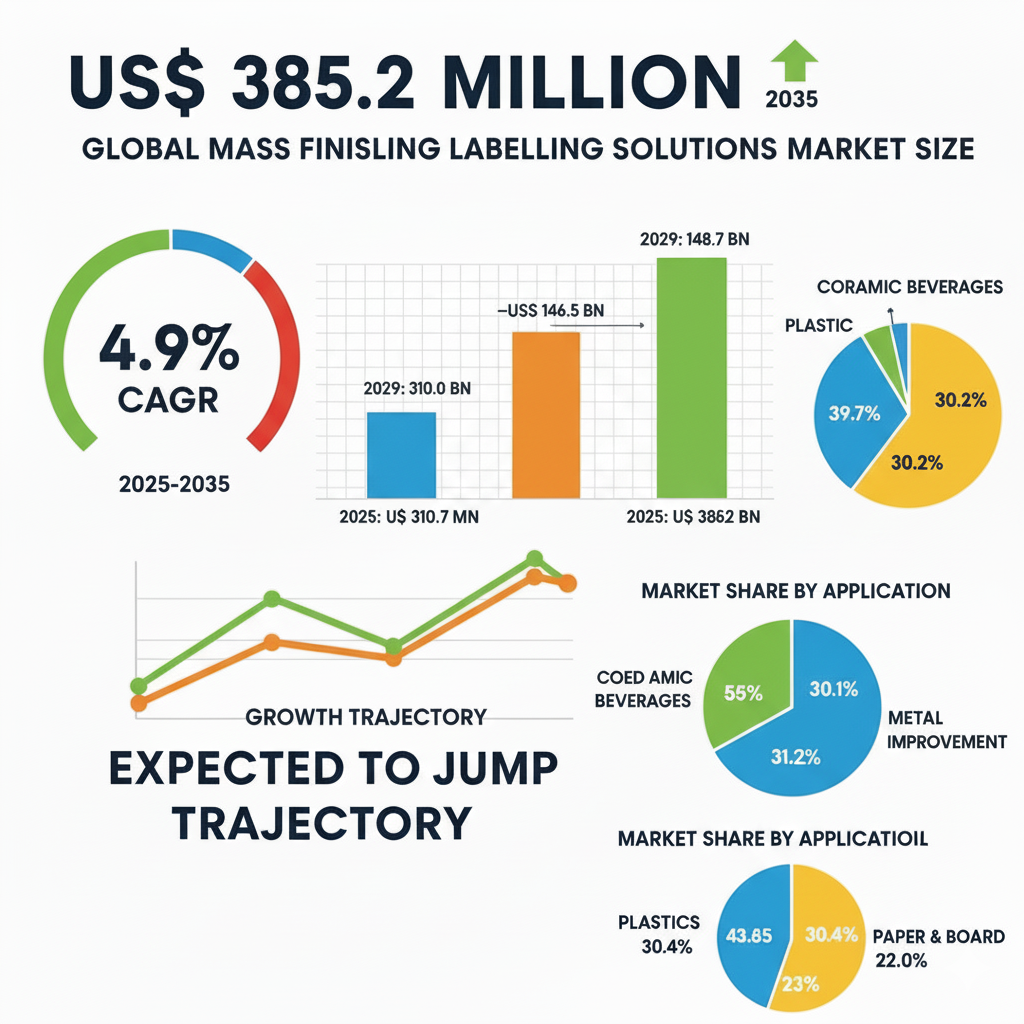In the ever-evolving world of optical communication, fiber optic labels might seem like a minor component in a vast and complex infrastructure. However, their role has grown increasingly significant as global demand for high-speed connectivity fuels the expansion of fiber optic networks across harsh terrains, hyperscale data centers, and mission-critical applications. While most market analyses tend to focus on cable manufacturing or installation techniques, a more subtle yet impactful shift is occurring within the fiber optic labels market—driven by environmental resilience, regulatory pressure, and the increasing complexity of network environments.
𝐌𝐚𝐤𝐞 𝐈𝐧𝐟𝐨𝐫𝐦𝐞𝐝 𝐃𝐞𝐜𝐢𝐬𝐢𝐨𝐧𝐬 – 𝐀𝐜𝐜𝐞𝐬𝐬 𝐘𝐨𝐮𝐫 𝐒𝐚𝐦𝐩𝐥𝐞 𝐑𝐞𝐩𝐨𝐫𝐭 𝐈𝐧𝐬𝐭𝐚𝐧𝐭𝐥𝐲! https://www.futuremarketinsights.com/reports/sample/rep-gb-13134
The Overlooked Role of Labels in Data Center Uptime
Fiber optic cables are often densely packed into trays, conduits, and panels in data centers where thousands of connections can coexist within a limited space. In such environments, clear and durable labeling is critical. A mislabeled or unlabeled cable can cost an operator hours of downtime, not to mention the financial losses and reputational damage tied to service disruptions. The market is projected to surpass USD 2,234.32 Million by 2035, growing at a CAGR of 9.8% during the forecast period. Many of these errors stem from incorrect identification of network components, including fiber cabling. In one case, a hyperscale data center in Northern Virginia reported over 15 hours of network disruption due to confusion stemming from faded fiber cable tags installed just two years prior.
This example underscores the significance of reliable labeling, particularly when it comes to maintaining system uptime and minimizing Mean Time to Repair (MTTR). Labels are not just administrative tools—they are integral components of risk mitigation strategies in digital infrastructure.
Extreme Deployment Conditions and Their Impact
Fiber optic networks now extend far beyond climate-controlled data centers. Telecommunications providers, utility companies, and military networks are deploying fiber across diverse geographies—from scorching deserts to freezing mountaintops, and even underwater. These deployments subject labeling materials to temperature extremes, moisture, corrosive chemicals, and ultraviolet radiation. A generic adhesive label that performs adequately in an office environment is unlikely to survive months—let alone years—in an outdoor junction box exposed to direct sunlight and rainfall.
One emerging area of concern is the impact of elevated temperatures on label adhesion in high-density server racks. As server technology evolves, equipment runs hotter, often pushing internal rack temperatures well beyond 70°C. Under such conditions, low-grade adhesives can delaminate, curl, or discolor, compromising both readability and retention. This is prompting label manufacturers to invest in new material sciences, including the development of polyimide-based labels and acrylic adhesives designed for thermal stability and long-term resilience.
𝐔𝐧𝐥𝐨𝐜𝐤 𝐂𝐨𝐦𝐩𝐫𝐞𝐡𝐞𝐧𝐬𝐢𝐯𝐞 𝐌𝐚𝐫𝐤𝐞𝐭 𝐈𝐧𝐬𝐢𝐠𝐡𝐭𝐬 – 𝐄𝐱𝐩𝐥𝐨𝐫𝐞 𝐭𝐡𝐞 𝐅𝐮𝐥𝐥 𝐑𝐞𝐩𝐨𝐫𝐭 𝐍𝐨𝐰: https://www.futuremarketinsights.com/reports/fiber-optic-labels-market
Innovations in Label Technology
To address these challenges, companies in the fiber cable tags market are stepping up with innovative solutions. Brady Corporation, for example, has introduced self-laminating labels that protect printed text from abrasion, liquids, and UV exposure. These labels use a clear over-laminate to seal the printed area after application, significantly extending the label’s lifespan in outdoor or industrial environments.
In another example, Panduit has developed thermal transfer printable labels that remain legible for over ten years in UV-intensive environments, such as rooftop fiber installations for smart city projects. RFID-enabled cable tags are also emerging as a high-tech solution, allowing technicians to wirelessly scan and verify label data in densely packed racks where manual identification is difficult.
These advancements go beyond aesthetics or convenience. In network environments where uptime is paramount, innovative labeling solutions contribute directly to operational efficiency, traceability, and safety.
Sustainability and Compliance Challenges
Environmental regulations such as the EU’s Restriction of Hazardous Substances (RoHS) and REACH (Registration, Evaluation, Authorisation, and Restriction of Chemicals) are compelling manufacturers to rethink the raw materials used in label production. Halogenated compounds, once favored for their flame-retardant properties, are now being phased out due to their toxic byproducts during incineration or accidental burning.
In response, some manufacturers are turning to halogen-free flame-retardant materials and inks that comply with global environmental standards. Companies are also experimenting with recyclable and biodegradable substrates that reduce environmental impact without compromising durability. These developments reflect the broader shift towards sustainable product design in the fiber optic infrastructure industry, aligning label innovations with the environmental goals of both manufacturers and end-users.
General & Advanced Materials Industry Analysis: https://www.futuremarketinsights.com/industry-analysis/general-and-advanced-materials
Market Outlook and Demand Shift
The demand for durable fiber optic labeling solutions is not evenly distributed across regions or sectors. In Asia-Pacific, rapid deployment of 5G networks and expansion of smart cities are driving aggressive growth in both fiber optic infrastructure and the labeling solutions that support them. Countries like India, China, and South Korea are investing heavily in national broadband initiatives, which include large-scale underground and aerial fiber rollouts—each requiring robust labeling systems to ensure long-term performance.
In contrast, North America and Europe are seeing increased demand for data center-grade labeling solutions that emphasize compliance, longevity, and audit readiness. These regions are also at the forefront of adopting next-generation labeling systems, such as electronic e-labels and asset management platforms integrated with IoT technologies.
Fiber Optic Labels Market Segmentation
By Product Type:
- Polyester
- Nylon
By End User:
- Construction
- Manufacturing
- Automotive
By Region:
- North America
- Latin America
- Western Europe
- Eastern Europe
- East Asia
- South Asia Pacific
- Middle East and Africa
About Future Market Insights (FMI)
Future Market Insights, Inc. (ESOMAR certified, recipient of the Stevie Award, and a member of the Greater New York Chamber of Commerce) offers profound insights into the driving factors that are boosting demand in the market. FMI stands as the leading global provider of market intelligence, advisory services, consulting, and events for the Packaging, Food and Beverage, Consumer Technology, Healthcare, Industrial, and Chemicals markets. With a vast team of over 400 analysts worldwide, FMI provides global, regional, and local expertise on diverse domains and industry trends across more than 110 countries.
Join us as we commemorate 10 years of delivering trusted market insights. Reflecting on a decade of achievements, we continue to lead with integrity, innovation, and expertise.
Contact Us:
Future Market Insights Inc.
Christiana Corporate, 200 Continental Drive,
Suite 401, Newark, Delaware – 19713, USA
T: +1-347-918-3531
For Sales Enquiries: sales@futuremarketinsights.com
Website: https://www.futuremarketinsights.com
LinkedIn| Twitter| Blogs | YouTube






